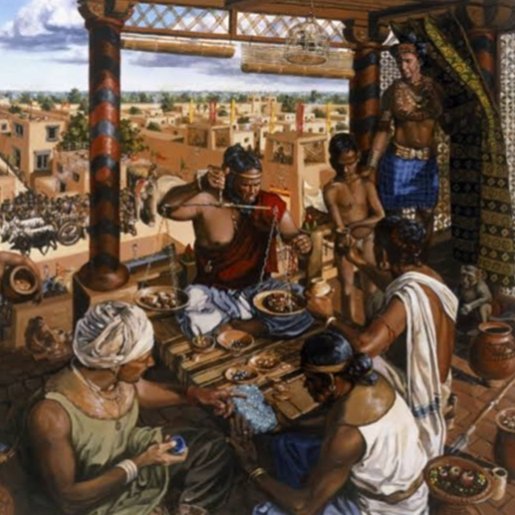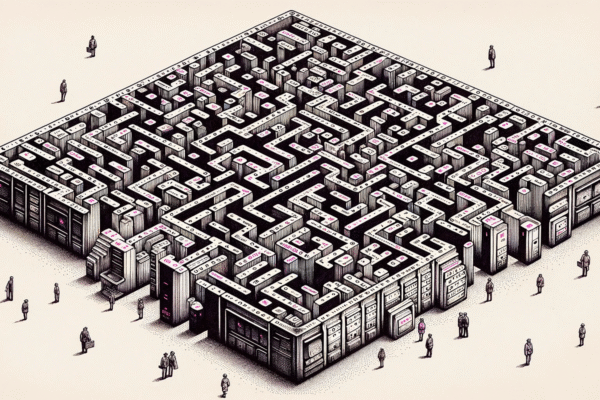

History of Mohenjo-Daro
Mohenjo-Daro: Unveiling the Mysteries of an Ancient Civilization
Mohenjo-Daro, one of the most significant archaeological discoveries in human history, stands as a symbol of the highly advanced Indus Valley Civilization. Unearthed in the early 20th century, this ancient city offers a glimpse into a civilization that thrived around 2500 BCE, showcasing remarkable urban planning, social organization, and technological prowess. This article delves into the rich history of Mohenjo-Daro, its mysterious decline, and the legacy it has left for future generations.

1. The Discovery of Mohenjo-Daro: A Historical Breakthrough
Mohenjo-Daro, meaning “Mound of the Dead,” was discovered in 1922 by R.D. Banerji, an officer of the Archaeological Survey of India. Situated in the Sindh province of present-day Pakistan, the ruins were initially mistaken for a Buddhist stupa, but further excavation revealed an ancient city buried beneath. This discovery marked the beginning of one of the largest excavations of an ancient urban center in South Asia, helping to unlock the secrets of the long-lost Indus Valley Civilization.

2. Urban Planning and Architecture: A Marvel of Ancient Engineering
The layout of Mohenjo-Daro reflects an extraordinary level of urban planning for its time. The city was meticulously designed with a grid pattern, which included wide streets, sophisticated drainage systems, and well-constructed buildings. The presence of public baths, granaries, and a well-fortified citadel indicates a highly organized society with a deep understanding of infrastructure and hygiene. The famous “Great Bath,” a large, watertight structure, is considered one of the earliest examples of public water management systems in human history.

3. Social and Economic Life in Mohenjo-Daro
Mohenjo-Daro’s inhabitants enjoyed a complex and prosperous lifestyle. Archaeological findings such as pottery, seals, and tools suggest that the city was a hub of commerce, with trade routes extending to distant regions, including Mesopotamia. The standardization of weights and measures points to a highly organized economic system. While the absence of monumental temples and palaces suggests a more egalitarian society, it is believed that religion played a role in the daily life of its people, as evidenced by various artifacts and statues, such as the famous “Dancing Girl” figurine.
4. The Enigma of the Script: Decoding the Indus Script
One of the most intriguing aspects of Mohenjo-Daro is its undeciphered script. Over 400 symbols have been found on seals, pottery, and other artifacts, yet scholars have been unable to fully decode the language of the Indus Valley people. The script remains one of the greatest unsolved mysteries of ancient history, with many speculating that its decipherment could unlock vast knowledge about the civilization’s culture, governance, and beliefs.
5. Decline and Abandonment: Theories Behind Mohenjo-Daro’s Fall
The sudden decline of Mohenjo-Daro around 1900 BCE remains a topic of debate among historians and archaeologists. Several theories have been proposed, ranging from natural disasters like floods or droughts to external invasions. Some scholars suggest that changes in the course of the Indus River may have led to environmental challenges, forcing the population to abandon the city. Despite these theories, no definitive cause has been established, leaving the fall of Mohenjo-Daro shrouded in mystery.
6. Legacy and Importance of Mohenjo-Daro Today
Mohenjo-Daro is a UNESCO World Heritage site and continues to be a focal point for researchers and historians. Its well-preserved ruins offer invaluable insights into one of the world’s earliest urban civilizations. The city’s advanced architecture and social organization stand as a testament to human ingenuity and resilience. Despite its ancient origins, the lessons from Mohenjo-Daro’s rise and fall remain relevant today, as modern societies face their own challenges of urbanization, environmental sustainability, and social harmony.
7. Conclusion: Mohenjo-Daro’s Timeless Lessons
Mohenjo-Daro remains a vital link to understanding the early development of human civilization. Its mysteries, from the undeciphered script to the cause of its decline, continue to inspire curiosity and research. As new technologies and methodologies emerge, future generations may finally uncover the secrets hidden within this ancient city, shedding light on a civilization that was ahead of its time.















